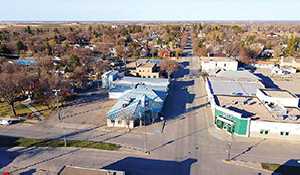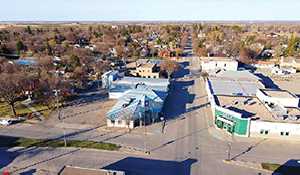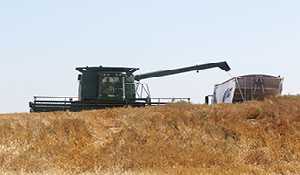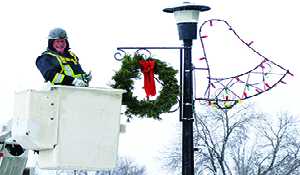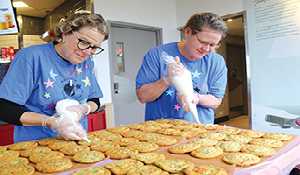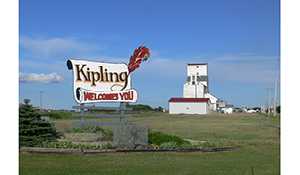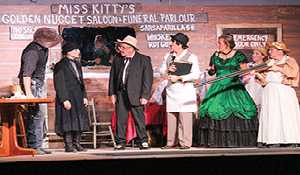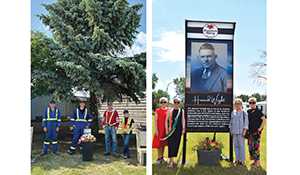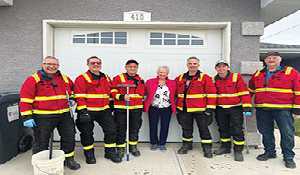Only operations between $4,000 and $2 million gross income eligible: PDAP only available to small agricultural operations
No coverage for large farm operations that lost calves in April storms
May 10, 2022, 4:13 pm
Sierra D'Souza Butts, Local Journalism Initiative Reporter
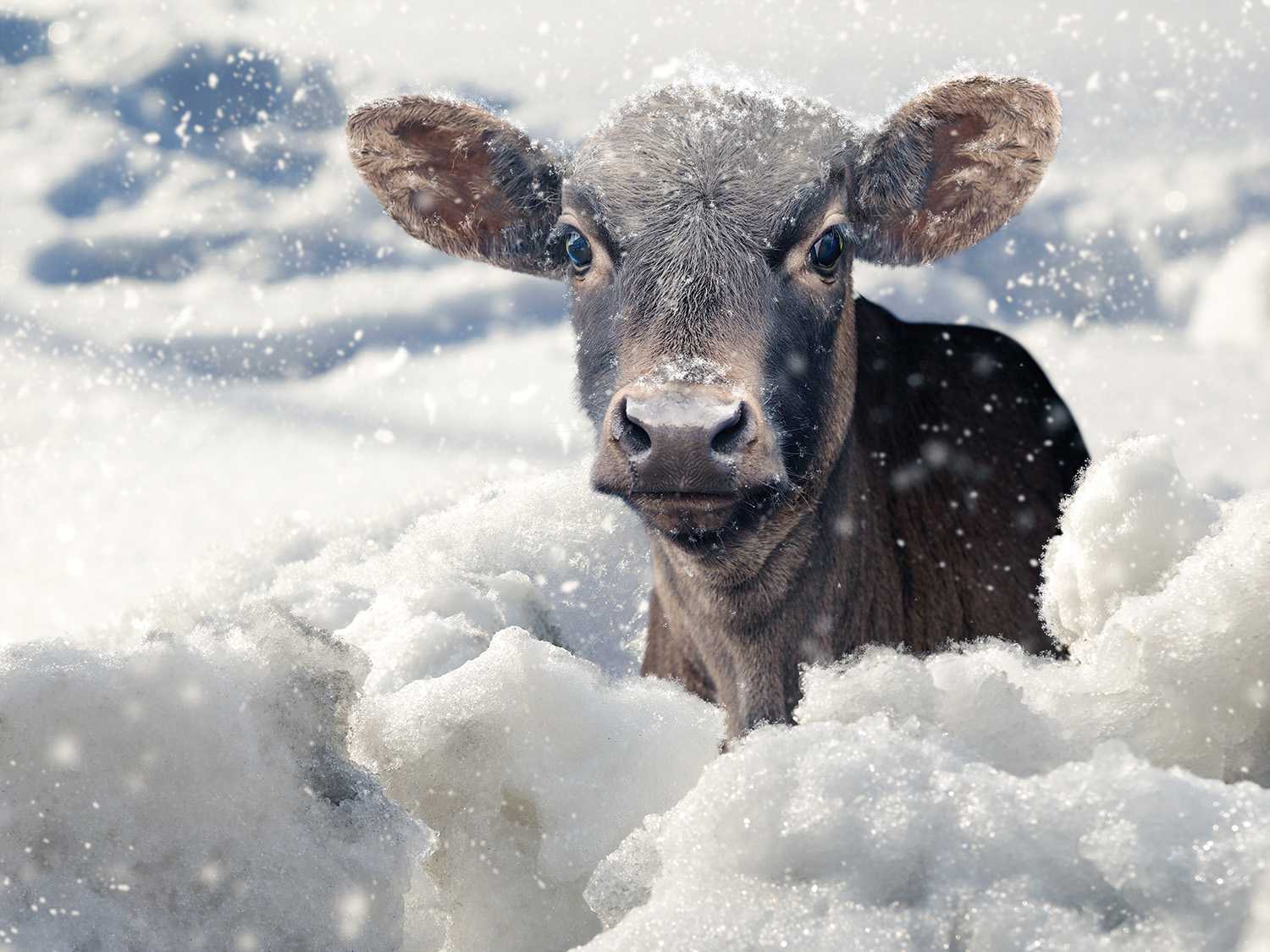

Although the Government of Saskatchewan announced its Provincial Disaster Assistance Program (PDAP) would be available to support eligible livestock producers, who have experienced significant financial losses due to recent extreme weather in the province, only a limited number of farmers in Southeast Saskatchewan are eligible.
“It looks like PDAP is going to pay me because I’m a small producer, but so far, as it looks like today, there’s no program that’s going to cover these larger operations,” said Trevor Green, RM of Moosomin Councillor and APAS representative.
“I can sit here and cross my hands because I’m covered, but these other farmers are my friends, they’re my neighbors, maybe I’m the loud mouth guy who won’t shut up but I’m going to rock as many boats as I can until I run out of options.”
Currently, small businesses and agricultural operations are only eligible for PDAP if their business makes more than $4,000 and less than $2 million in gross income annually. The business must also employ no more than the equivalent of 20 full-time employees.
Green said majority of southeast farmers who were impacted by the snowstorm conditions in April, will not be eligible for the program.
“When you look at $2 million in gross income, any farm that is over 100 cows and 1,500 acres in crop land is probably not going to qualify,” he said.
“There’s a ton of operations around the Moosomin area that are not going to qualify under that amount. The way farming is, with a $2 million gross income, that farm could only be making $20,000 a year profit. With the expenses being so high, it doesn’t really take a big operation to not qualify for this program.
“If there’s any other government disaster assistance program that we had, it’s never not paid because the operation was too big. You look at the Covid payments, they were paying the airlines, Loblaws, they were paying everyone the same rates as the little mom and pop shops.
“Now all of a sudden, where guys are losing a massive amount of their income, there’s no program for them? I don’t understand why the AgriRecovery Program can’t kick in and these guys get covered under that?”
Other limitations of the program include PDAP not being a substitute for private insurance, not providing full compensation for losses, not covering any insurable losses – including loss of production, loss of revenue or unseeded acres of agricultural land and others.
Green said he spoke with MP John Barlow, who is on the committee of agriculture and agri-food, about finding an alternative to PDAP.
“I was on the phone with his office today trying to see what we can do because we have to do something for them, these farmers are going to sell their cows, they’re getting out (of the cattle industry) if they don’t get some type of coverage,” he said.
“This crisis is huge, the problem with the cattle industry is in the last seven years, the margins have gotten so tight. There’s just not the money in the cattle, that there was 10 and 15 years ago.
“We had disasters before, but we had enough carry over to get us through because we always had that one good year in five, that got us through, but it’s been seven or 10 years since we had a great year. 2015 was basically the last good year in the cattle industry.”
Cattle industry in Moosomin may be in a crisis
Green spoke about his uncertainty for the future of the cattle industry, especially for local farmers in the Moosomin district.
“In the Moosomin area, we’re in a beneficial enough area that the land can go either way, for livestock or grain,” he said.
“If you’re a mixed farmer and you’re losing money on your cattle side, I’m pretty sure that land will get broken up and come out as canola in the next year, and the cows go down the road.
“That’s a whole industry lost in our area and that’s a huge industry, we have order buyers, we have auction marts, we have trucking companies, we have mineral sales, we have one of the last feed mills within a crazy amount of miles, still here in Moosomin.
“If we lose the whole livestock industry, it can be very detrimental to the Moosomin area, to lose that side of it. When you have farmers with 1,500 to 1,800 cows saying that’s enough, we’re not doing it anymore, it’s going to get scary really quick here.”
He was asked where he thinks the cattle industry will be a couple years from now.
“If you had asked me two years ago, I thought we would have a good year and everyone’s attitude is going to change, but I’m almost at the point where I don’t know if that good year is coming,” said Green.
“The packers have pulled so much profit out of this industry and our expenses have gone up so much. Fertilizer has tripled and our commodity as livestock producers hasn’t moved.
“It’s sad to say, but I don’t know what’s going to change and if the cattle industry is going to survive in this area. It can’t compete with the grain farmers on purchasing land, which is open market but that’s the way it is. When the inputs are so high, I honestly have no idea right now what the answer is for keeping the livestock industry in the Moosomin area.
“The order buyers, these auction marts, these trucking companies, are they going to stay open in the Moosomin area when all the big farmers are gone?
How the storms impacted Green’s cattle farm in Moosomin
Green talked about the impacts his farm faced from the snowstorms on April 14 and April 22.
“At our farm three days in the first storm and two days in the second storm, my wife and I pretty much didn’t get any sleep,” he said.
“We were out in the storm picking up calves, bringing them into the shed, warming them up, and trying to pair them all up the next day. We tried to keep as many alive as we could, but we lost a few, but it wasn’t as drastic for us as it was for other farmers.”
Although PDAP will help him financially, Green shared his concerns about PDAP failing to help other farmers in the area.
“We had 40 cows for basically one person to look after, then you look at these big operations and they’re getting 50 to 60 calves a day when these storms hit, you just don’t physically have the manpower to look after that,” he said.
“We only lost six calves at our place, but even on percentages we’re calving 80 calves and we lost six, that’s a big hit for our operation. Some of these other places, they lost over 150 calves, you’re looking at $120,000 to $150,000 lost income. I don’t care how big of an operation you are, that’s a massive hit.”
Being the APAS representative for RM of Moosomin, Green said he is trying his best to push the government to provide a program for larger agricultural operations.
“If I have to start hauling my cows two hours away from home to sell them, how long am I going to stay in the industry?” said Green.
“Without the bigger farmers the little ones don’t really survive, and that’s maybe why I’m trying as hard as I am because I can at least do something.
“If it makes a difference calling your MLA, or MP, and saying we have to help out these farmers right now, sometimes it helps and this is the time the cattle guys need some help from our town. I wrote on Facebook the other day that if it takes a village to raise a child, it’s going to take a community to save an industry.”
$2 million limit is part of federal legislation, which is currently under review
The current regulations allow only small businesses that make less than $2,000,000 in gross income to apply for the Provincial Disaster Assistance Program (PDAP).
“The definition of “small business” in the PDAP regulations is based on requirements set out by the federal government,” Saskatchewan’s Ministry of Ministry of Corrections, Policing and Public Safety, which is responsible for PDAP, told the World-Spectator Friday.
“The province is unable to make changes to these amounts without impacting its ability to recover costs from the federal government.”
“On March 22, the federal government announced an advisory panel that will review and make recommendations to update the Disaster Financial Assistance Arrangements.
“We would urge anyone who wishes to provide input into this review to contact Public Safety Canada.”
The World-Spectator contacted Public Safety Canada Friday, and the department said it was working on a response.











